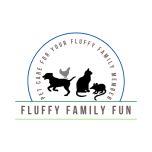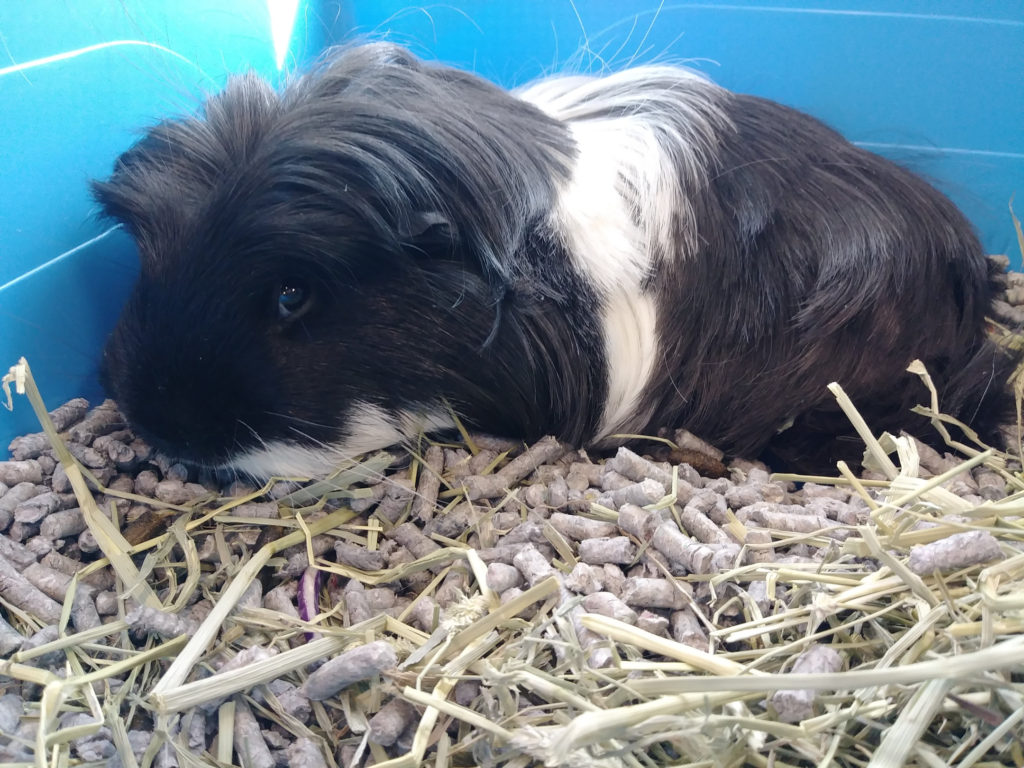What you need to know about guinea pig bedding
Picking the right bedding for your guinea pig is very important. The type of bedding you use will determine how often you clean the cage and if there is any odor. The type of bedding you choose also affects aspects of your guinea pig’s health and comfort.
You want to use the most absorbent bedding material you can find. The more absorbent the bedding, the longer it will last in your cage, meaning the less often you will have to clean your cage.
Don’t get me wrong, you will still probably have to clean your cage weekly. But choosing the right bedding can make the difference between cleaning the cage three times a week versus once a week.
After learning how big the cage should be, you might be thinking to yourself that bedding will cost you a fortune! Not necessarily. When I first started researching all the different materials used for guinea pig bedding I was blown away, but let’s start with the typical bedding you can buy in pet stores.
paper bedding
Paper bedding comes in a huge variety of products and although paper bedding is a suitable option for guinea pig bedding, not all paper bedding is good.
When shopping for a decent paper bedding make sure you don’t get something that is too dusty, which tends to be the case with really cheap bedding. Most bedding will claim to be virtually dust-free, but I would check out reviews before you commit to anything.
There are two main types of paper bedding: compressed paper bedding (as shown in the top picture) or lose paper bedding (bottom picture).
Paper bedding can be super absorbent and great at odor control which are the 2 most important factors when searching for a bedding material.
Paper bedding is also a good choice because it is soft and guinea pigs can burrow in it making them feel safe and secure.
Some negatives about paper bedding is that it can get heavy because it is so absorbable and also it can be pricey to have to keep buying bedding all the time.
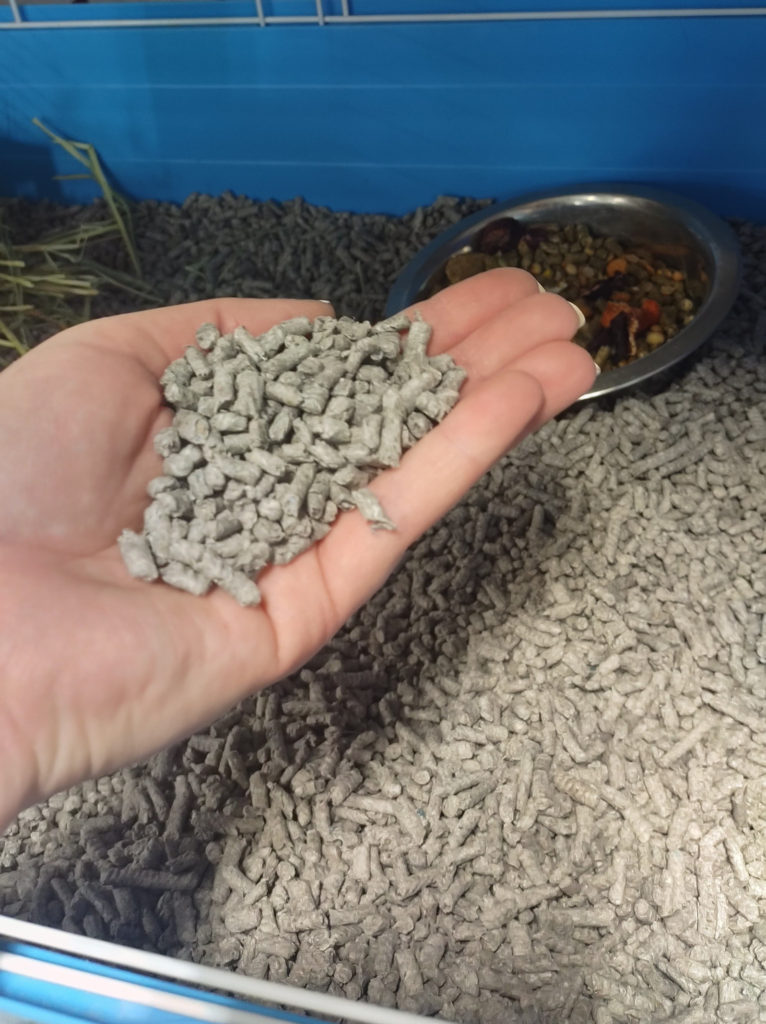
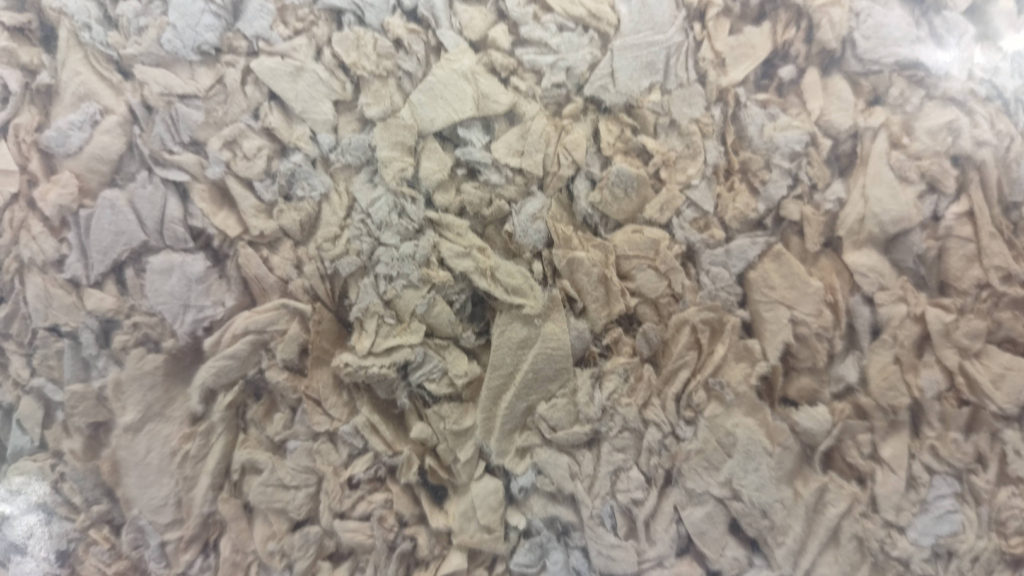
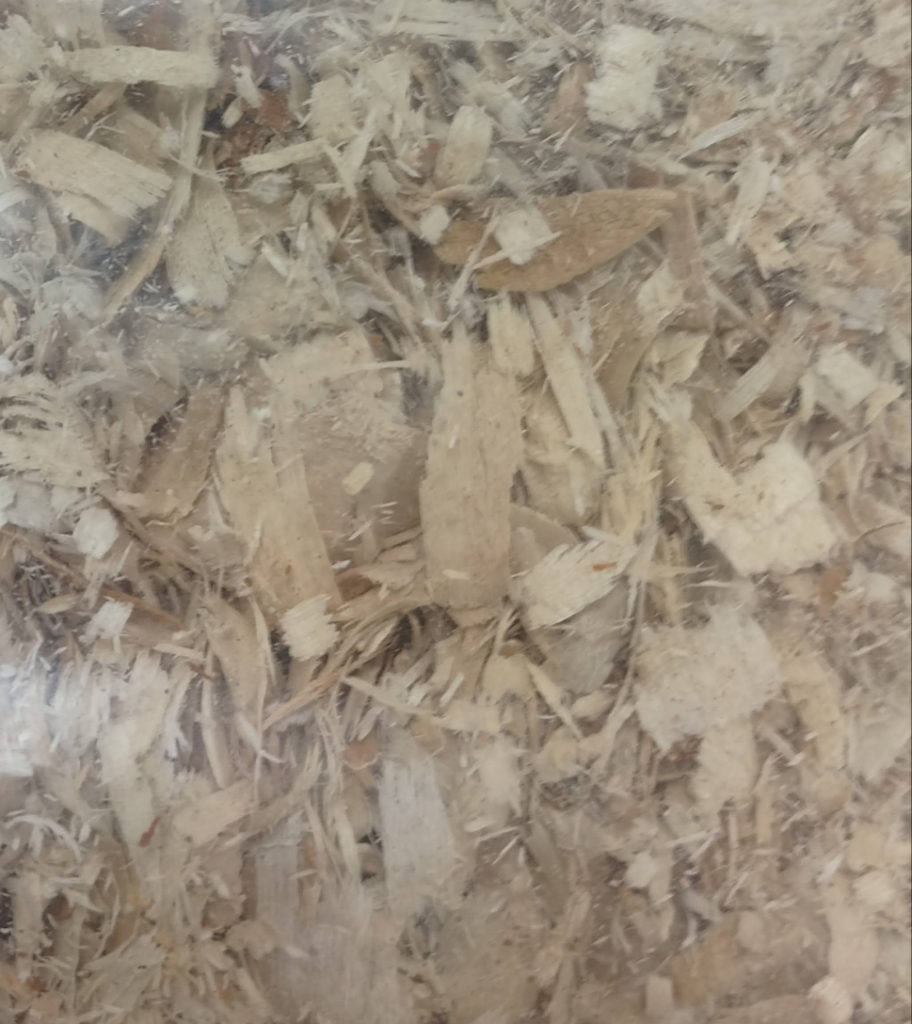
aspen shavings
Aspen shavings are another option for guinea pig bedding. It is odor and dust free making it a safe option.
When looking at shavings, make sure it is kiln dried.
The down side to aspen shavings is that it doesn’t provide good odor control and it is less absorbent than other options out there, which means more frequent cage cleaning.
fleece
Fleece is a very popular bedding used for guinea pigs. It is soft on your piggies’ feet and is very absorbent which helps it to be good for odor control. Fleece can also be very fun and stylish!
Some people even change up the theme of their cage for the seasons and holidays! Fleece can be used in different ways. For instance, you can use fleece blankets, fleece fabric straight from the fabric store, or fleece cage liners.
Fleece cage liners are probably the most convenient to use because they have all the absorbent layers sewn together so you only have to deal with one layer. Some brands of fleece cage liners even add little pockets for your guinea pigs to burrow into.
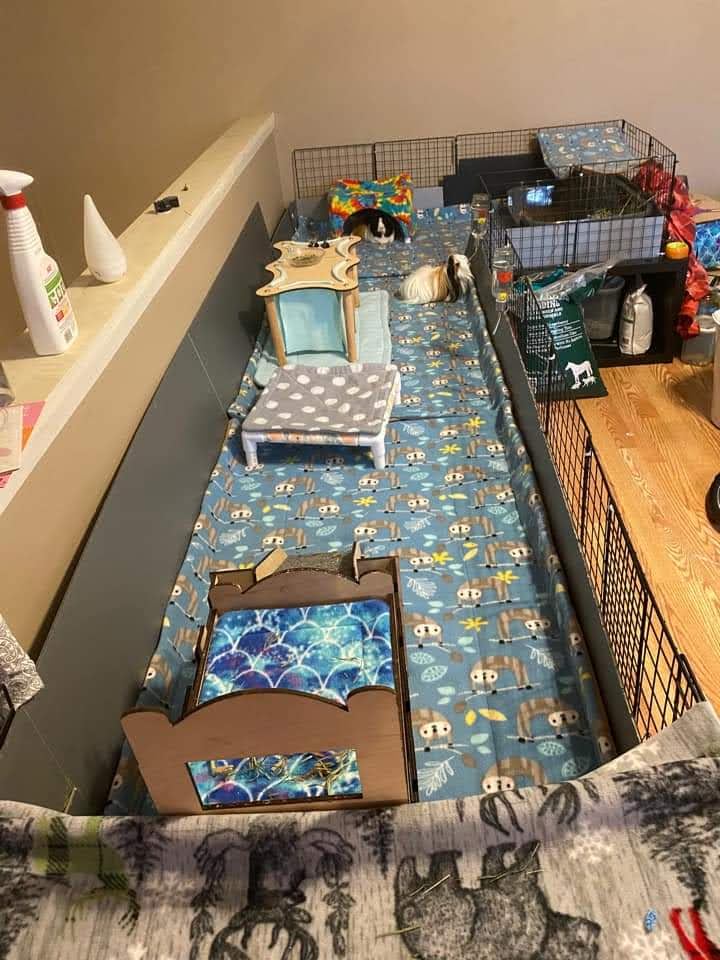
One down side to fleece liners is that it means you will be doing lots of laundry, and for that reason I would say to buy at least 2 fleece liners so that way you can just rotate them without waiting for your one fleece liner to come out of the dryer.
Also, depending on the size they can be pretty thick and heavy and if they get too soiled it could hurt your washing machine.
Fleece blankets and fleece material can be a little more cost effective to use but it requires a little more work in the beginning:
how to prepare your fleece to use as bedding
1. Wash the fleece at least three times
First make sure you wash the fleece before putting it in your piggy’s cage. Fleece has a water barrier that will cause any moisture to just sit on top of the material rather than being absorbed. To break down this barrier you must wash the fleece at least 3 times; this is called wicking.
2. Do Not Add Fabric Softeners or Scented Detergents
It is also important that you not add any fabric softeners or scented detergents as these can build up on the material thus causing it to not be as absorbent.
3. Do Not Use Dryer Sheets
Avoid dryer sheets as well because that will undo the wicking process.
4. test the material
What To Use As Your Base Layer Under Your Fleece
If you are using fleece blankets or fleece fabric you will need layers underneath.
I’ve always used towels and have never had any complaints. You can also use mattress padding or puppy training pads.
Layer, Layer, Layer
So you should have a first layer of towels, puppy pads, or mattress pads, and then the fleece on top of it.
Do not try to strictly use fleece by layering it on top of each other- it won’t work well.
bath mats
Bath mats are my personal preference when it comes to guinea pig bedding. I have tried a few different kinds of bath mats, and I feel like the noodle bath mats work best by far. I do, however, still use other types of bath mats as a middle layer for my cage.
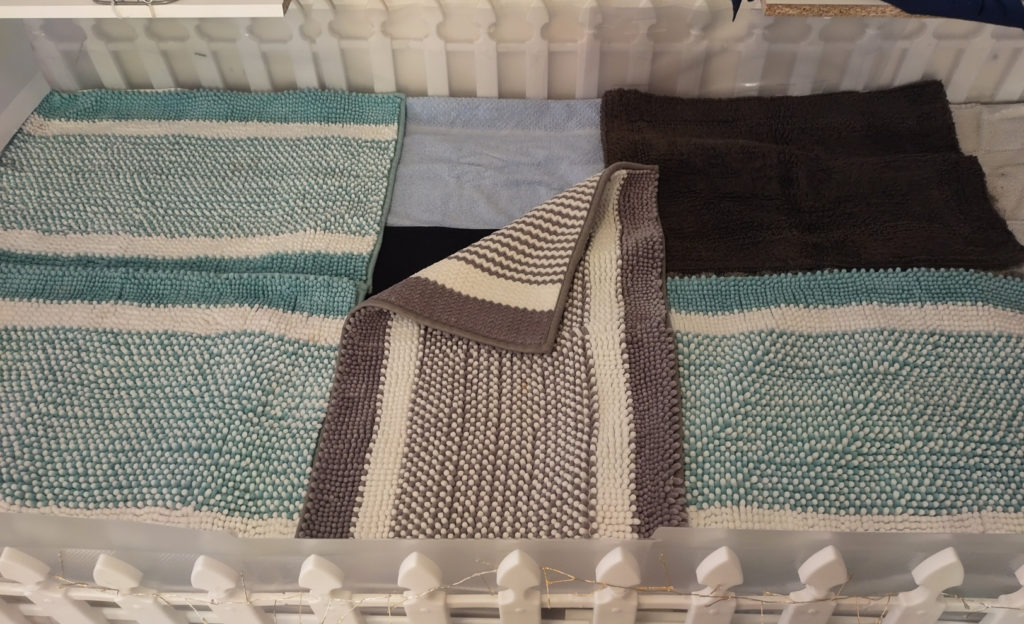
How I Layer My Cage Using Bath Mats
One of my cage cleaning “hacks” is using several layers. Yes, it means more laundry but to me, it’s worth it.
First, I have a bottom layer of towels, next I put dish drying mats or old bath mats, and then I put the noodle mats on top. Besides all the layers under the noodle mats, I also put small fleece baby blankets (from the Dollar Tree) in the areas where my pigs like to hang out the most.
It makes it easier to spot clean. All I have to do is shake off those blankets daily and when they get too soiled, swap them out for new ones. This can also let you get away with having a few extra days in between cleaning. I clean my cage every week, but I have had to extend that time to 10 days, and it worked out fine.
Noodle bath mats are very absorbent and soft for your guinea pigs little feet. My favorite feature though, is that the hay does not stick to these mats! It just shakes right off, which I think is huge!
Nothing is worse than trying to get all the hay off your fleece before trying to wash it.
Bedding that shouldn’t be used for guinea pigs
It is worth noting what materials are NOT good for guinea pig bedding.
Wood shavings, such as cedar and pine (especially if it isn’t kiln dried) are not good for your piggy’s health. Those shavings are dusty which can lead to respiratory illnesses. Newspaper and paper towels are also not a good option because it is not absorbent enough.
If your guinea pig is on wet bedding for too long they can get something called bumblefoot, which is not something you want.
Puppy pads also aren’t good for the top layer in your guinea pig’s cage. Puppy pads can be used as an under layer, but if your pig has access to it, they may chew them up, and puppy pads are toxic to guinea pigs.
The most important thing to remember when getting your habitat ready for your piggy: LAYER, LAYER, LAYER! Yes, I said it again!
If you are using paper bedding or aspen shavings you have the option of using just a very thick layer of bedding, but another option would be to use an under layer like puppy pads.
As mentioned above, puppy pads are only good to use as an under layer and make sure your guinea pig doesn’t dig down and start nibbling on it because it can be toxic.
I know several people that use puppy pads and usually the guinea pigs will not mess with it. If you have a mischievous piggy that likes to chew on anything and everything, I would just keep an eye out initially to make sure they don’t try and eat it.
If you are using fleece or bath mats, having layers will literally make your life easier. You need a base layer of towels, puppy pads, or mattress pads. Next you put your fleece or bath mats in the cage. Finally, this is optional but I think it makes a world of difference if you put an extra top layer over high traffic areas.
Speaking of high traffic areas, it is important you have a kitchen for your guinea pigs. The kitchen will be the area where you have their food bowl, hay, and even sometimes water if you would like.
A lot of people that use fleece or bath mats, will sometimes use paper bedding or aspen shavings in their kitchen area only. This is because the kitchen will be the messiest area of the cage and also the most soiled. No matter what bedding you use, you should change the kitchen area bedding a few times a week, based on your set up, number of pigs, and material used.

conclusion
The type of bedding you choose for your guinea pigs is very important. It determines absorbtion, odor control, how long you can go between cage cleanings, and can even effect their health.
For instance, there are good and bad bedding choices. Bad bedding choices can lead to health problems such as respitory infections.
Out of all the beddings I have tried, I think that bath mats are the most effective. Good bedding choices have great absorbtion which helps control odor. The better the bedding, the longer you can go between cleanings, but of course that is also determined by cage size and the number of guinea pigs you have.
Overall, you may need to do some trial and error to determine which bedding works best for you, but once you determine that it can make a huge difference.
Head over here to learn more about the different cage options along with lots of pictures!
Let me know what bedding you use and how it works for you in the comments below!
